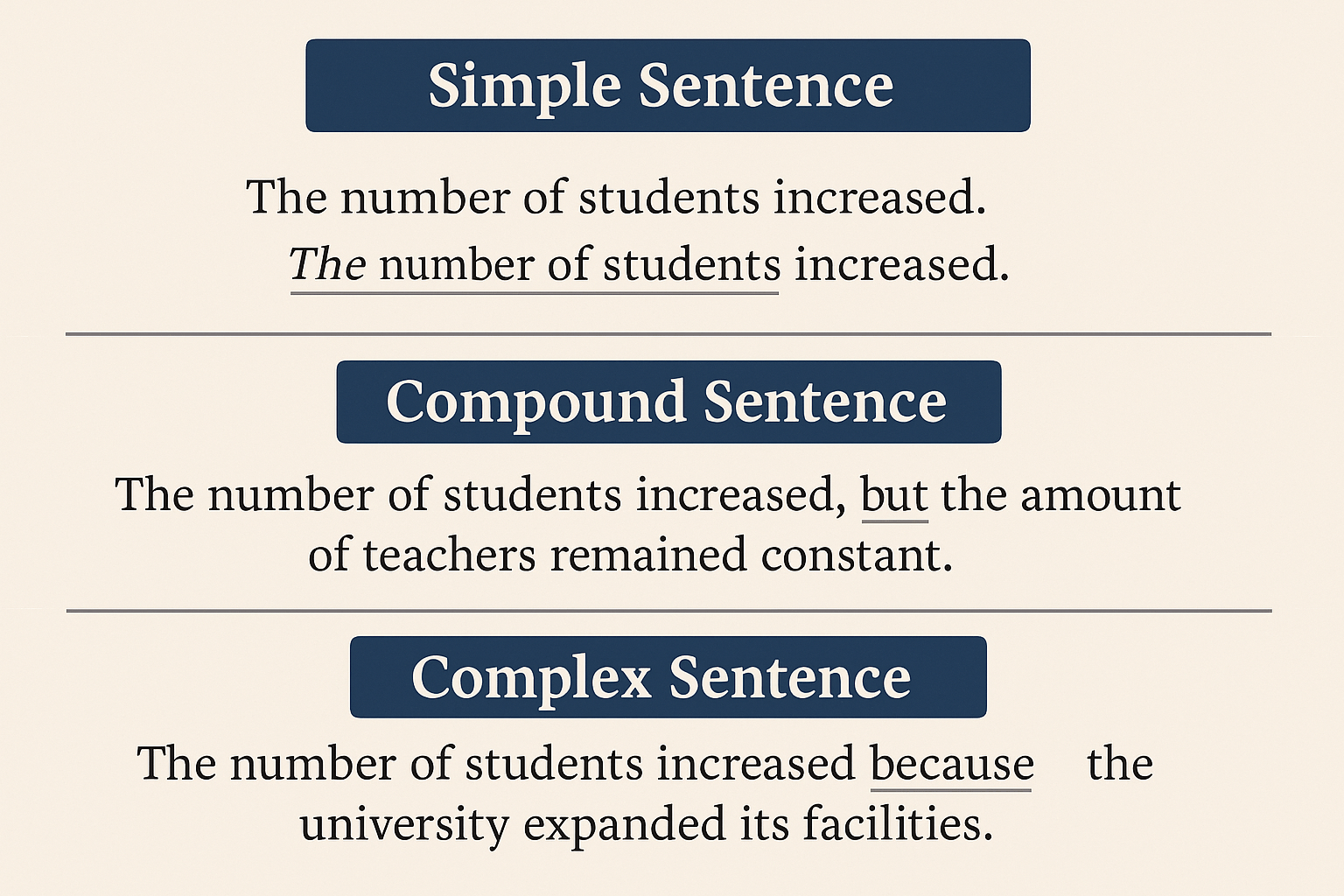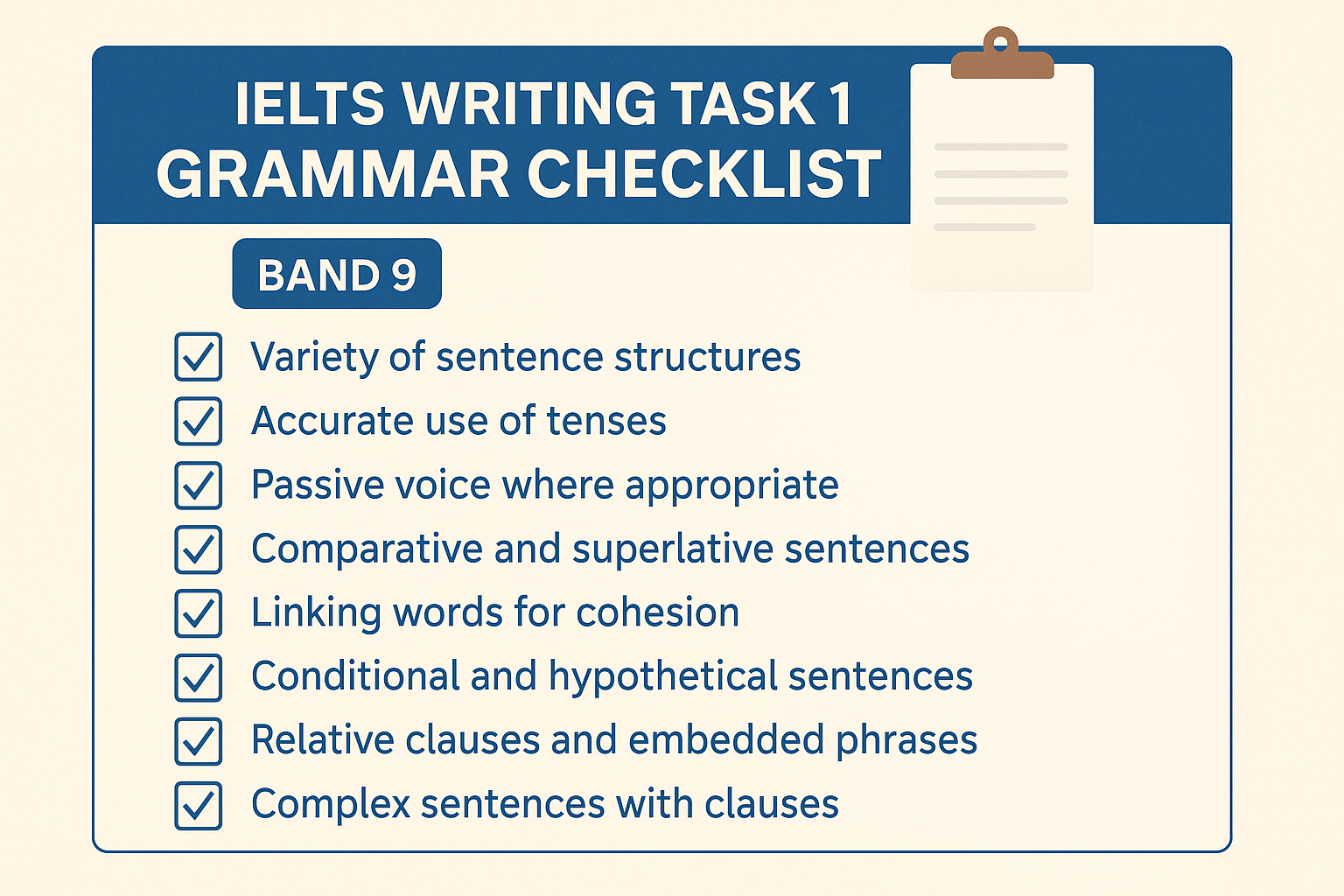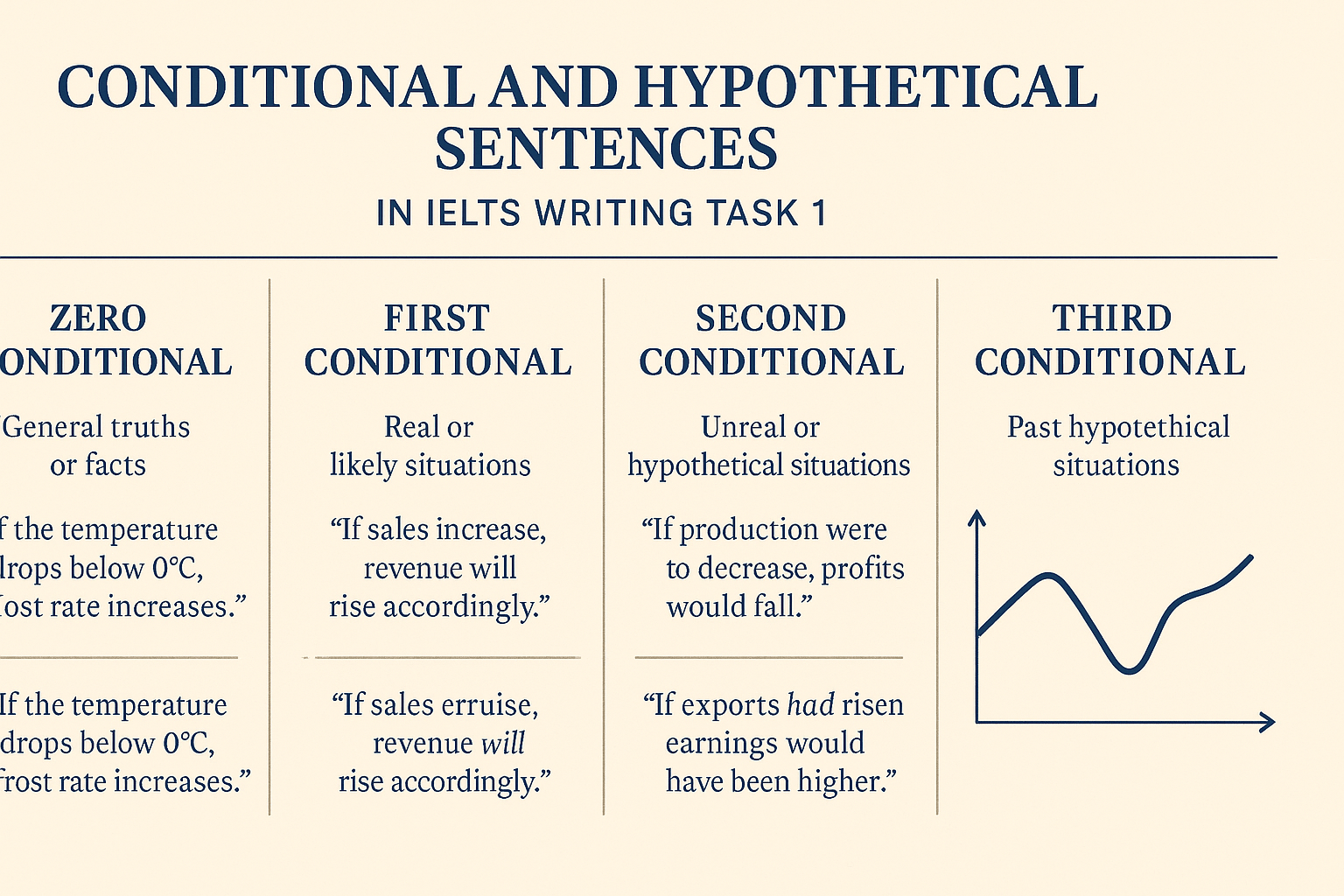- Why Sentence Types Matter in IELTS Writing Task 1
- Understanding Sentence Types IELTS Writing Task 1
- How to Use Sentence Types Effectively in IELTS Writing Task 1
- Practical Examples of Sentence Types in IELTS Writing Task 1
- Common Mistakes to Avoid with Sentence Types IELTS Writing Task 1
- Tips to Improve Your Sentence Structures
- How Sentence Variety Works with Grammar and Vocabulary
- Sample Paragraph Using Sentence Types
- Final Thoughts
As an IELTS instructor who has helped many students improve their writing scores, one of the key areas I emphasize is mastering sentence types IELTS writing task 1. Why? Because using a variety of sentence structures not only makes your writing clearer and more engaging but also demonstrates the grammatical range that examiners look for in higher band scores.
In this guide, I’ll explain how to build simple, compound, and complex sentences to describe data effectively and coherently in IELTS Writing Task 1. You’ll also find practical examples and tips to help you avoid common mistakes. Plus, I’ll share links to official IELTS resources and my other guides on grammar and vocabulary that you can use to strengthen your writing further.
Why Sentence Types Matter in IELTS Writing Task 1
Examiners assess your grammatical range and accuracy as one of the four main criteria in IELTS Writing. If your sentences are mostly simple and repetitive, your score will be limited, even if your vocabulary is strong. Varying your sentence structures helps:
- Present information clearly
- Show logical relationships between ideas
- Avoid monotony and keep the reader engaged
- Demonstrate higher-level grammatical skills necessary for Band 7 and above
Before diving in, if you want to brush up on grammar basics, check out my comprehensive IELTS Writing Task 1 Grammar for Band 7–9 guide. For vocabulary, my IELTS Writing Task 1 Vocabulary Complete Guide is a great resource.
Understanding Sentence Types IELTS Writing Task 1
There are three main sentence types you should master:
- Simple sentences
- Compound sentences
- Complex sentences
Let’s explore each type, why it’s important, and how to use them effectively in your IELTS Writing Task 1 reports.
Simple Sentences: The Building Blocks of Clear Writing
A simple sentence contains one independent clause — a subject and a verb expressing a complete thought.
Example:
The bar chart shows the number of students enrolled in five courses.
Simple sentences are great for stating clear facts or straightforward information. They’re easy to understand and essential for your writing.
However, relying only on simple sentences can make your writing sound choppy or repetitive. So, it’s important to mix them with more complex sentence types.
Compound Sentences: Linking Related Ideas
Compound sentences join two independent clauses using coordinating conjunctions like and, but, or, so, yet.
Example:
The number of students increased in 2018, but it decreased slightly in 2019.
Using compound sentences helps you show relationships between ideas, such as contrast, addition, or cause and effect. This makes your writing more fluid and coherent.
Complex Sentences: Adding Depth and Detail
Complex sentences combine one independent clause with one or more dependent (subordinate) clauses introduced by subordinating conjunctions such as although, because, since, when, if, which.
Example:
Although the sales increased in 2018, they fell slightly the following year.
Complex sentences allow you to explain reasons, conditions, contrasts, or additional information, which is crucial for describing trends and comparisons in Task 1.
How to Use Sentence Types Effectively in IELTS Writing Task 1
Here’s a simple strategy to use sentence types wisely:
- Use simple sentences for straightforward statements or definitions.
- Use compound sentences to connect related facts or contrasting data points.
- Use complex sentences to explain causes, effects, or provide additional details.
Practical Examples of Sentence Types in IELTS Writing Task 1
Let’s look at a data description and how we can express it using each sentence type.
Data: The population of City A rose from 1 million in 2000 to 3 million in 2020, while City B’s population fell from 2 million to 1.5 million.
- Simple:
City A’s population increased from 1 million to 3 million.
City B’s population decreased from 2 million to 1.5 million. - Compound:
City A’s population increased significantly, but City B’s population decreased over the same period. - Complex:
Although City A’s population increased significantly, City B experienced a decline during the same period.
Common Mistakes to Avoid with Sentence Types IELTS Writing Task 1
- Overusing simple sentences — can make your writing monotonous.
- Using run-on sentences without proper punctuation or conjunctions.
- Incorrect use of subordinating conjunctions in complex sentences.
- Fragment sentences that lack a main clause.
To avoid these mistakes, practice writing with each sentence type and check your work carefully.
Tips to Improve Your Sentence Structures
- Read model answers from official sources like the IELTS official website or British Council.
- Write daily: try describing charts using different sentence types.
- Use conjunctions and linking words appropriately.
- Get feedback from teachers or peers to identify sentence structure errors.
How Sentence Variety Works with Grammar and Vocabulary
Sentence types alone aren’t enough to boost your score. You need to combine them with accurate grammar (like tenses and passive voice) and rich vocabulary. For example, linking words such as however, in contrast, or as a result improve cohesion.
My guides on IELTS Writing Task 1 Grammar for Band 7–9 and Vocabulary provide comprehensive help in these areas.
Sample Paragraph Using Sentence Types
The line graph illustrates the change in population between 2000 and 2020. The population of City A rose steadily from 1 million to 3 million. In contrast, City B’s population fell from 2 million to 1.5 million during this period. Although City B experienced a decline, City A saw significant growth.
Final Thoughts
Mastering sentence types IELTS writing task 1 is an essential skill that will help you write more clearly and score higher. Use simple sentences for clarity, compound sentences to link related ideas, and complex sentences to add depth. Practice these structures regularly, and combine them with strong grammar and vocabulary to maximize your writing potential.
If you want to explore grammar and vocabulary further, visit my detailed guides linked above. Also, explore official IELTS resources from the British Council and IDP IELTS.
Good luck, and happy writing!





One Response
I just could not depart your web site prior to suggesting that I really loved the usual info an individual supply in your visitors Is gonna be back regularly to check up on new posts